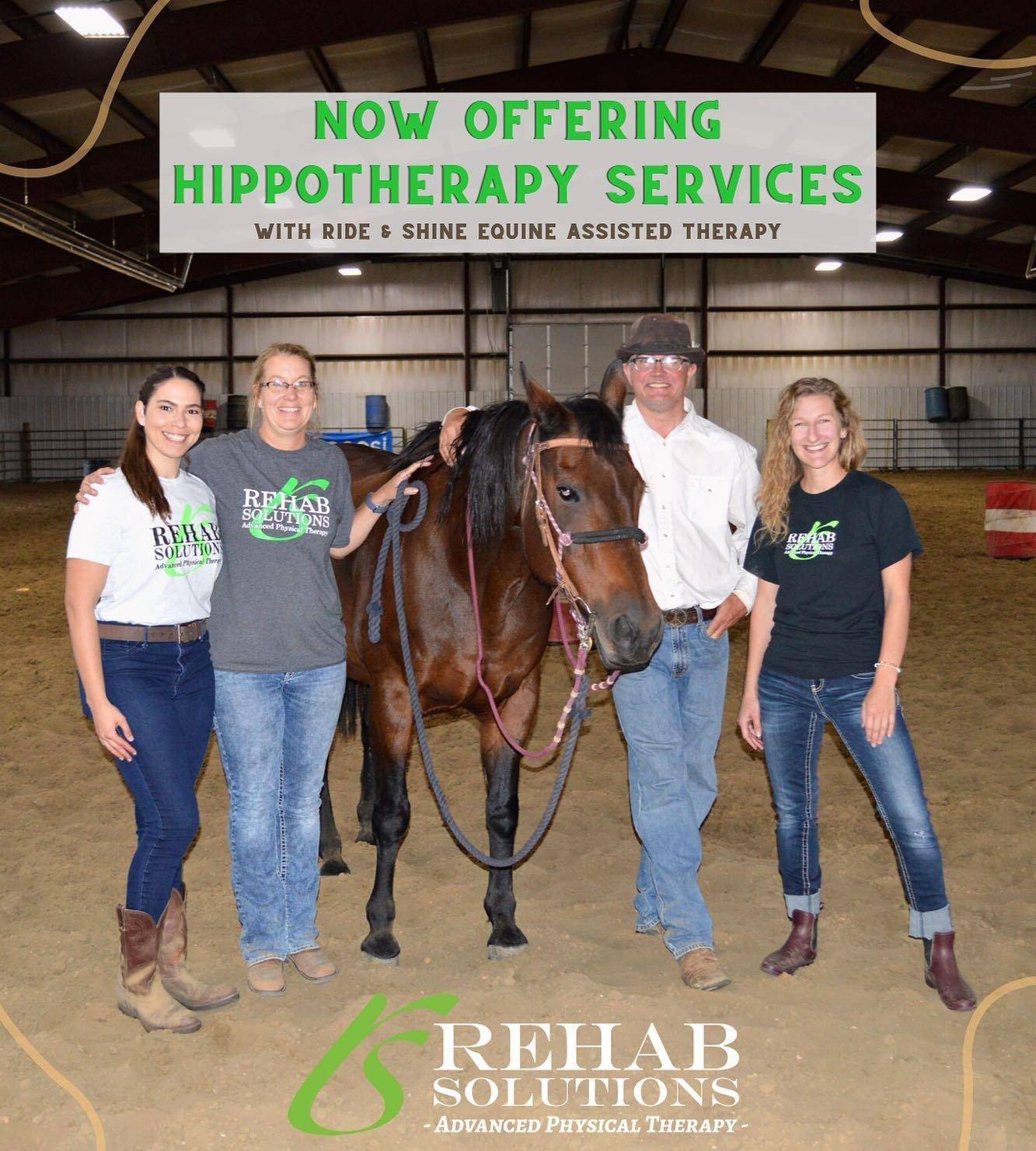Hippotherapy is often misunderstood. Common questions:
- “What is Hippotherapy? It looks like all you do is walk in a circle with a child on the horse play games, sing songs, and have how is that therapeutic?”
- “Does my insurance help pay for Hippotherapy?”
The American Hippotherapy Association defines hippotherapy as a treatment tool for physical therapy, occupational therapy, and speech-language pathology professionals use in treating a variety of diagnosis. In conjunction with using evidence-based practice and and clinical reasoning, these professionals use the purposeful manipulation of equine movement as a tool to engage the sensory, neuromotor and cognitive systems to achieve individualized functional goals. This service is covered by insurance when provided by a licensed therapist and there can often be additional fees to help pay for the horse’s needs. Let’s break this down.
How it works
- The horse’s gait (walking) pattern is very similar to a human’s.
- There are three planes of movement that happens, front and back, side to side, and rotational movements. Therapists can recognize which of these movements are limited and address these limitations on a horse with specific activities.
- The patient often does not realize that this is a therapy session as it is a fun experience with the horse that can be calming to the patient
Why a horse?
So back to the horse. Let’s say a patient lacks side to side movement but is able to move forward and back really well. We will select a horse that has a lot of movement that will address the side to side movement limitations and have the patient sit on this horse while it is moving at a comfortable, consistent pace. Each time the horse takes a step the patient feels the movement of the horse through their body. In an average 30 to 45 minutes session the horse will take 2,500 steps with each step providing a quality therapeutic experience for the patient. Amazing right!!! That’s what I thought.
Additionally, sitting on top of the horse takes some strength and endurance from the core muscles. Most of the patients who start with hippotherapy don’t have good core strength and have learned to use other muscles to hold themselves up in sitting and standing. When we start using the horse as part of their treatment plan, it can be hard for them to complete the entire session because their muscles are used to doing all this work. In time this experience will strengthen their core to allow functional improvements to be seen.
Other Unique Benefits
Our sensory system tells our brain what is going on in the world so that we can respond accordingly. When we have too much sensory input, or not enough, our brain cannot organize our movement or even process other details of our daily life. Think about the most chaotic situation you have been in can you think about what’s for dinner or the chores you need to do when you get home? It is very difficult if not impossible. The movement of the horse helps to organize these senses depending on the speed of the horse and sensation of the foot falls (foot hitting the ground). Again each horse has unique movement patterns and qualities, thus finding the right horse is paramount. Once all of the sensory systems organize, then our cognitive system started to work more efficiently. When this happens we start to see patients vocabulary explode, they begin to follow simple and even more complex commands and interact with the therapist and their environment. These changes will carry over to home and school activities. Often times parents will say it is a miracle!!

Since starting to use hippotherapy as part of my treatment plan of care, I have seen amazing outcomes and stories. I have helped many patients improve posture, sit more upright, wave at mom and dad from the horse, speak more words and become potty trained. Mom and dad also report less temper tantrums at home and increased interaction with family members.
If you would like to learn more about Hippotherapy please call us at Rehab Solutions at (307)-686-8177.
Author: Jamie Hendryx PT, DPT

